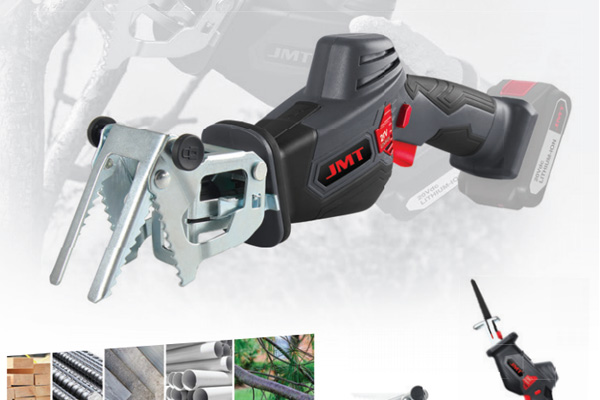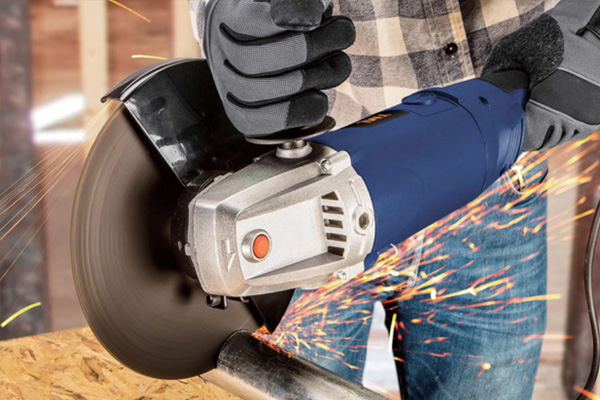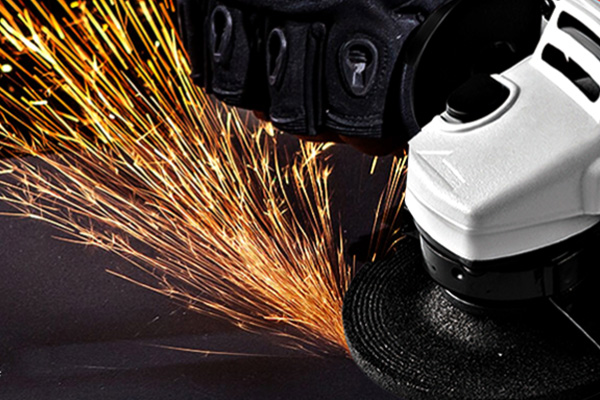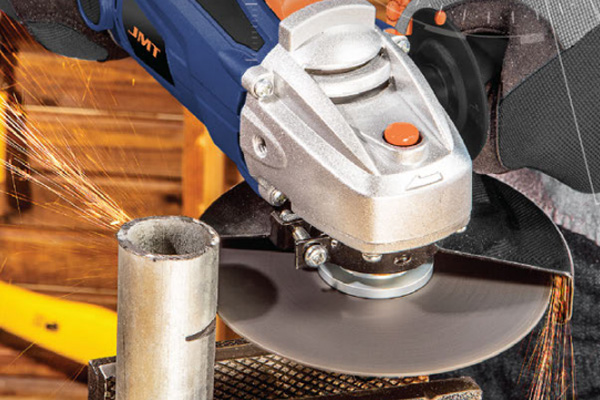Safety technical points for the use of electric tools
Addtime:2022-05-19 08:44:41Hits:
Requirements for the location of use
In general, when the air humidity is less than 75%, Class I or Class I hand-held power tools can be selected, but there are two additional requirements for their protection: First, there should be no less than two connections between the metal shell and the PE wire Second, the leakage protection should meet the requirements of leakage protection in humid places. If Class I tools are used, the power cord must be a three-core (single-phase tool) or four-core (three-phase tool) multi-strand copper-core rubber-sheathed flexible cable or sheathed flexible wire, and must not have connectors. The yellow/green bi-color wire can only be used as a neutral or protective earth wire. When using, wear insulating gloves, wear insulating shoes, and stand on insulating pads.
When operating in wet locations or on metal parts, a Class II or Class I hand-held power tool must be selected that is powered by a safety isolation transformer. Class I hand-held power tools are strictly prohibited. When using Class II hand-held power tools, its metal shell can be connected with PE wire, and leakage protection is set to enhance safety protection.
Setup Requirements for Switch Boxes and Control Boxes
In addition to general places, when using hand-held power tools such as tableware in wet places, metal frames and narrow places, the switch box and control box should be set outside the workplace, and there should be a special person to monitor.
Inspection requirements
The shell, handle, plug, switch, and load line of the hand-held power tool must be in good condition. The structure of the plug and the power socket must be the same to avoid confusion between the conductive plug and the protective plug. Insulation inspection and no-load inspection must be carried out before use. It can be used only after the insulation is qualified and the no-load operation is normal.
In general, when the air humidity is less than 75%, Class I or Class I hand-held power tools can be selected, but there are two additional requirements for their protection: First, there should be no less than two connections between the metal shell and the PE wire Second, the leakage protection should meet the requirements of leakage protection in humid places. If Class I tools are used, the power cord must be a three-core (single-phase tool) or four-core (three-phase tool) multi-strand copper-core rubber-sheathed flexible cable or sheathed flexible wire, and must not have connectors. The yellow/green bi-color wire can only be used as a neutral or protective earth wire. When using, wear insulating gloves, wear insulating shoes, and stand on insulating pads.
When operating in wet locations or on metal parts, a Class II or Class I hand-held power tool must be selected that is powered by a safety isolation transformer. Class I hand-held power tools are strictly prohibited. When using Class II hand-held power tools, its metal shell can be connected with PE wire, and leakage protection is set to enhance safety protection.
Setup Requirements for Switch Boxes and Control Boxes
In addition to general places, when using hand-held power tools such as tableware in wet places, metal frames and narrow places, the switch box and control box should be set outside the workplace, and there should be a special person to monitor.
Inspection requirements
The shell, handle, plug, switch, and load line of the hand-held power tool must be in good condition. The structure of the plug and the power socket must be the same to avoid confusion between the conductive plug and the protective plug. Insulation inspection and no-load inspection must be carried out before use. It can be used only after the insulation is qualified and the no-load operation is normal.



